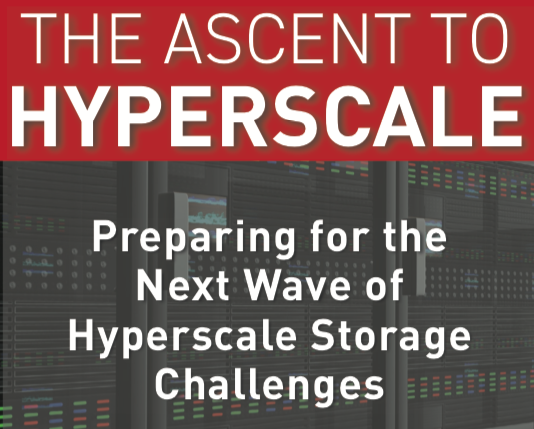3 Reasons Why Migrating Data to Tape Systems Makes Sense in Light of SSD and HDD Supply Chain Concerns

The Arrival of the Zettabyte Era
The data storage market has clearly entered the “zettabyte era” where new capacity shipments have exceeded a massive one zettabyte for a couple of years now. The data storage requirements are being driven by the phenomenon of “digital transformation” and the rising value of data that needs to be stored for longer periods of time, and in some cases, indefinitely. Further accelerating the zettabyte era is the other era we are all in, that being the “pandemic era”. With this era comes the unanticipated need for an unexpected remote workforce and the ever-expanding internet with its proliferation of online apps.
Pandemic Related Supply Shortages
The pandemic has brought with it related disruptions to the global supply chain including shortages of semiconductor chips. It’s been tough to get modern goods from toys to notebooks to refrigerators to automobiles. The combination of zettabyte and pandemic era has even put a strain on supply chains and the availability of SSDs and HDDs needed to support the digital transformation. This has been the cause of fluctuating prices based on quarterly supply and demand swings.
Supply Chain Challenges Persist
While pandemic-related labor shortages have delayed the production and distribution of goods, other factors are making matters worse. How about global warming, climate change, and the ensuing natural disasters that have had negative impacts on the supply chain? How about international rivalries and tensions impacting the availability of key components? Or cybercriminals shutting down vital infrastructure? Bottom line: industry pundits say we can expect supply chain hassles to continue throughout 2022.
Supply Chain Contingency Planning in Data Storage
Faced with supply chain risks in any industry, it’s always good to have contingency plans to mitigate risk and ensure ongoing operations. The IT industry is no exception where the availability of commodities that we may take for granted can be interrupted by any of the factors listed above from unforeseen demand to pandemic-related shortages to global warming, trade wars, and cybercrime.
A great way to avoid supply chain disruptions in the availability of primary storage devices like SSDs and HDDs is to employ intelligent data management software, typical of active archive solutions, that will automate the migration of data from these potentially supply chain affected devices to a modern, automated tape library. Since 60 to 80 percent of data quickly goes cold after a short period of time, why keep it stored on higher performing, expensive, and energy-intensive devices? Given the global supply chain uncertainty, 3 good reasons to migrate data from primary storage devices to tape storage are:
- Free up capacity on expensive Tier 1 and Tier 2 storage devices like SSDs and HDDs in favor of TCO friendly tape systems
- Reduce energy consumption and related CO2 emissions by leveraging the low power profile of automated tape systems
- Take advantage of tape’s natural air gap security in the never-ending war against ransomware
The above actually makes sense even in the absence of supply chain concerns. Since data to be stored is growing at a CAGR of around 30% versus IT budget growth somewhere in the low single digits, the IT industry needs to find a more cost-effective storage solution. With the increasing value of data and indefinite retention periods, the long-term archival profile of tape coupled with best-in-class reliability actually makes sense.

Finally, we all have to engage in the battle against global warming and climate change if we are to preserve the planet that we inhabit. Studies show that tape systems consume 87% less energy than equivalent amounts of disk storage and produce 95% less CO2 emissions than disk over the product lifecycle. Other studies show that collectively, the global IT industry could avoid as much as 664 million metric tons of CO2 emissions by strategically moving more data to tape systems. As data cools off or goes cold, it should migrate to less expensive, less energy-intensive, and more secure tiers of storage.
Once the pandemic era finally subsides, it will be environmental calamities brought on by climate change and the relentless threat of cybercriminals that will have long-term impacts on supply chains.

